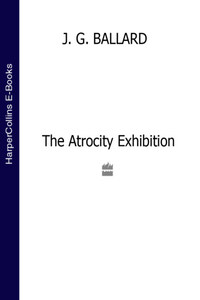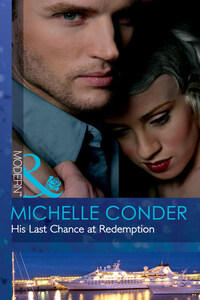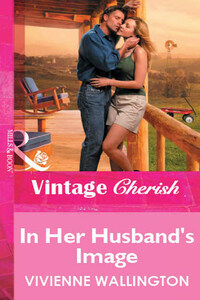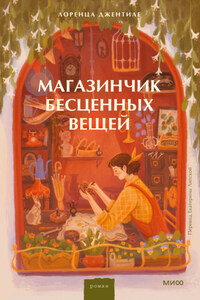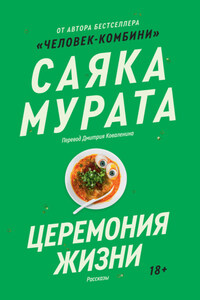COPYRIGHT
Fourth Estate
An imprint of HarperCollinsPublishers
1 London Bridge Street
London SE1 9GF
www.harpercollins.co.uk
This edition published by Fourth Estate in 2014
A revised, expanded, annotated, illustrated edition was first published in the USA by Re/Search Publications in 1990
Copyright © J. G. Ballard 1990
The original edition was first published in Great Britain by Jonathan Cape in 1970, and first published in paperback by Panther Books in 1972
Copyright © J. G. Ballard 1969
Introduction © Hari Kunzru 2014
Interview © Travis Elborough 2006
A catalogue record for this book is available from the British Library.
This novel is entirely a work of fiction. The names, characters and incidents portrayed in it are the work of the author’s imagination. Any resemblance to actual persons, living or dead, events or localities is entirely coincidental.
All rights reserved under International and Pan-American Copyright Conventions. By payment of the required fees, you have been granted the nonexclusive, nontransferable right to access and read the text of this e-book on-screen. No part of this text may be reproduced, transmitted, downloaded, decompiled, reverse-engineered, or stored in or introduced into any information storage and retrieval system, in any form or by any means, whether electronic or mechanical, now known or hereinafter invented, without the express written permission of HarperCollins e-books.
Source ISBN: 9780007116867
Ebook Edition © OCTOBER ISBN: 9780007322190
Version: 2016-01-20
AUTHOR’S NOTE
Most of the film stars and political figures who appear in The Atrocity Exhibition are still with us, in memory if not in person – John F. Kennedy, Ronald Reagan, Marilyn Monroe and Elizabeth Taylor. Together they helped to form the culture of celebrity that played such a large role in the 1960s, when I wrote The Atrocity Exhibition.
Other figures, though crucially important to the decades that followed, have begun to sink below the horizon. How many of us remember Abraham Zapruder, who filmed the Kennedy assassination in Dallas? Or Sirhan Sirhan, who murdered Robert Kennedy? At the end of each chapter I have provided a few notes that identify these lesser characters and set out the general background to the book.
Readers who find themselves daunted by the unfamiliar narrative structure of The Atrocity Exhibition – far simpler than it seems at first glance – might try a different approach. Rather than start at the beginning of each chapter, as in a conventional novel, simply turn the pages until a paragraph catches your eye. If the ideas or images seem interesting, scan the nearby paragraphs for anything that resonates in an intriguing way. Fairly soon, I hope, the fog will clear, and the underlying narrative will reveal itself. In effect, you will be reading the book in the way it was written.
J. G. Ballard, 2001
PREFACE BY WILLIAM BURROUGHS
The Atrocity Exhibition is a profound and disquieting book. The nonsexual roots of sexuality are explored with a surgeon’s precision. An auto-crash can be more sexually stimulating than a pornographic picture. (Surveys indicate that wet dreams in many cases have no overt sexual content, whereas dreams with an overt sexual content in many cases do not result in orgasm.) The book opens: ‘A disquieting feature of this annual exhibition … was the marked preoccupation of the paintings with the theme of world cataclysm, as if these long-incarcerated patients had sensed some seismic upheaval within the minds of their doctors and nurses.’
The line between inner and outer landscapes is breaking down. Earthquakes can result from seismic upheavals within the human mind. The whole random universe of the industrial age is breaking down into cryptic fragments: ‘In a waste lot of wrecked cars he found the burnt body of the white Pontiac, the nasal prepuce of LBJ, crashed helicopters, Eichmann in drag, a dead child …’ The human body becomes landscape: ‘A hundred-foot-long panel that seemed to represent a section of sand dune … Looking at it more closely Doctor Nathan realized that it was an immensely magnified portion of the skin over the iliac crest …’ This magnification of image to the point where it becomes unrecognizable is a keynote of The Atrocity Exhibition. This is what Bob Rauschenberg is doing in art – literally
